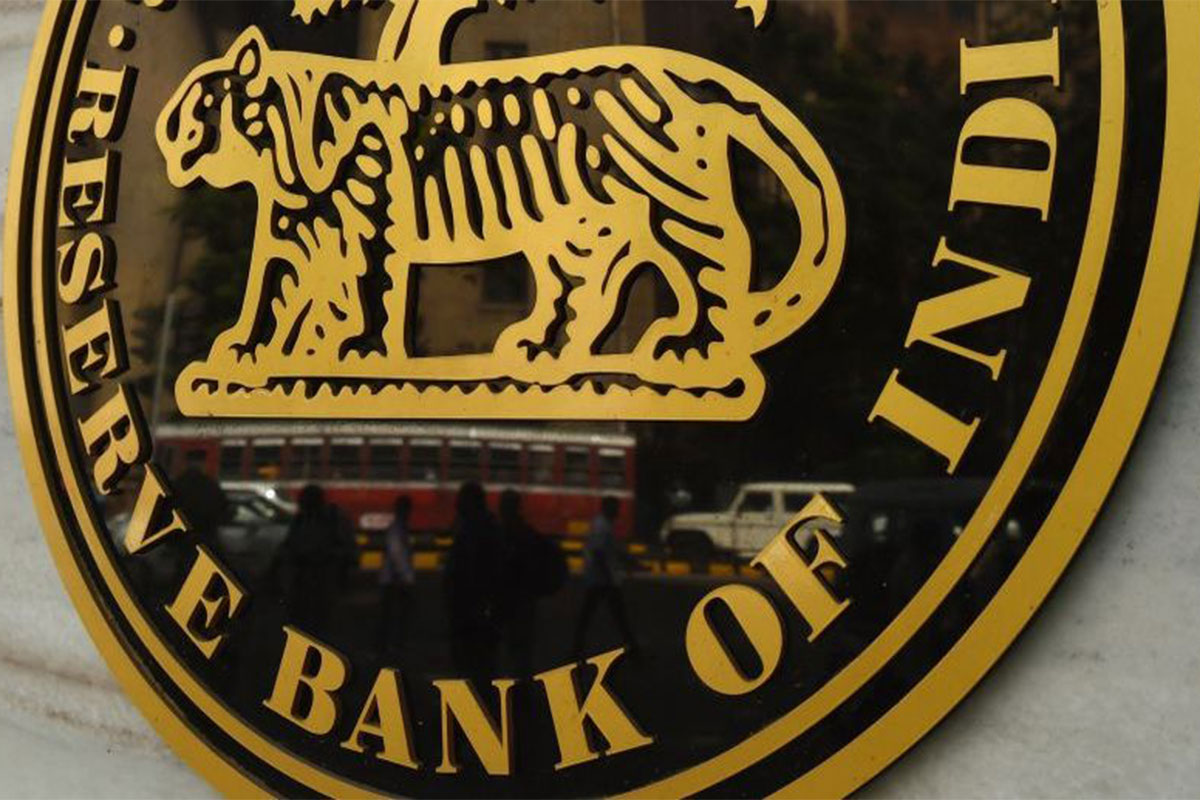The Reserve Bank Of India should go for another rate cut at next week’s policy review to revive the economy, despite the surge in headline inflation lately, a foreign brokerage said on Thursday.
Analysts at Barclays acknowledged that the high inflation is adding confusion to the RBI’s policy outlook but pitched for a 0.25 per cent cut to generate demand advising the Central Bank to “throw caution to the wind”.
Advertisement
The Consumer Price Index (CPI) based retail inflation, surpassed the upper end of the RBI’s target of 6 per cent in June.
As per government data, retail inflation had increased to 6.09 per cent in June, mainly on account of higher prices of food items. RBI mainly factors in retail inflation while deciding its bi-monthly monetary policy.
The Central Bank has cut rates by a steep 1.15 per cent in two actions since the onset of the COVID-19 pandemic, which has adversely affected the economy.
A slew of other measures, especially to ensure greater liquidity, have also been introduced by RBI.
“We forecast the RBI will continue easing, by cutting the repo rate at least 0.25 per cent at its next policy meeting,” the analysts said, ahead of the meeting of the monetary policy committee to be conducted between August 4 and 6.
They added that the impact on the activity favours more easing measures rather than less, and for having the cuts faster rather than at a deliberate pace.
“We do not believe the argument of saving ‘ammunition’ for future cuts holds water, given the inherent lags in transmission of policy rates into lending rates,” it added.
Meanwhile, Singaporean lender DBS Bank said it sees “slightly higher odds” for a pause in the rate cuts at the upcoming review of the monetary policy but added that there will be cuts of 0.50 per cent between October to March 2021.
It pointed out that monetary policy committee rejig and a review of the inflation mandate will be the aspects to watch out for, but added that it does not anticipate any change from the current practice of headline consumer price inflation as the main anchor for the monetary policy.
Financial sector health will also be a priority at the monetary policy review, it said, pointing to the grim estimates of a record surge in the stock of dud assets presented by the RBI’s financial stability report last week.











